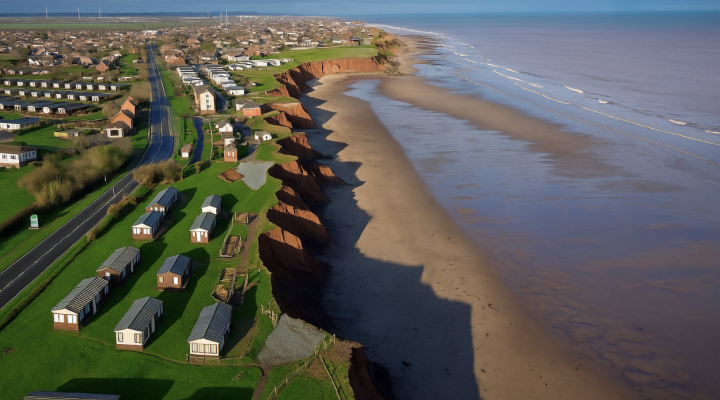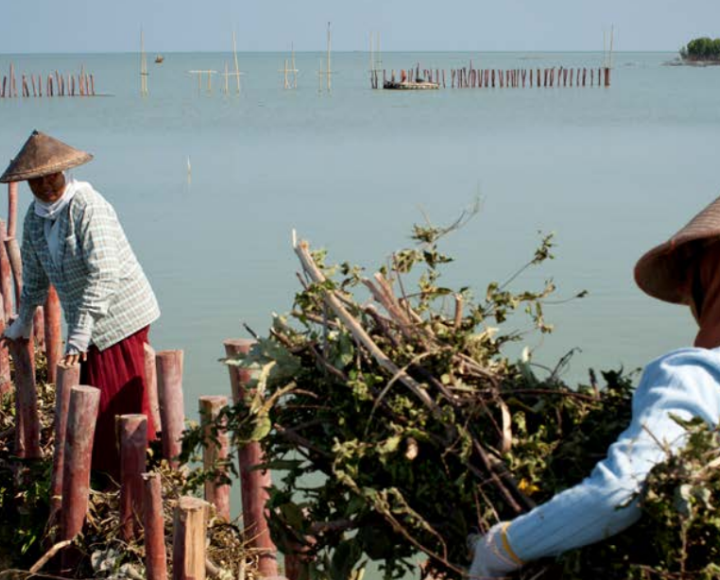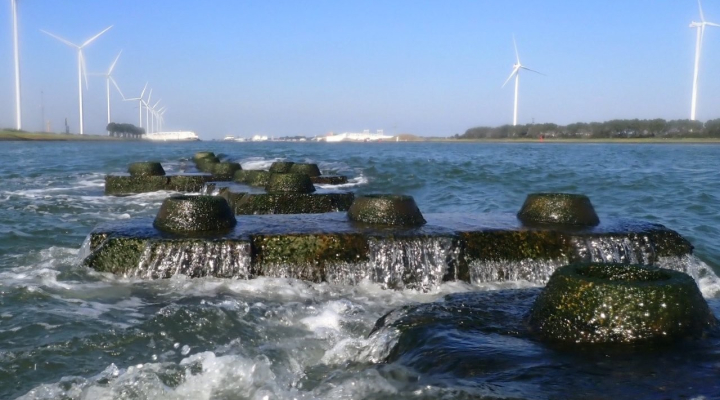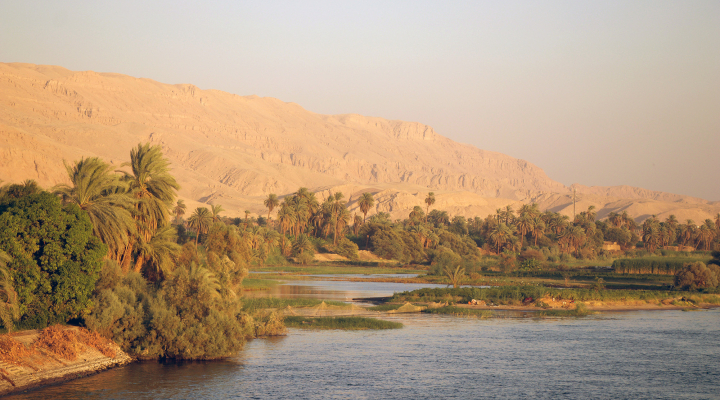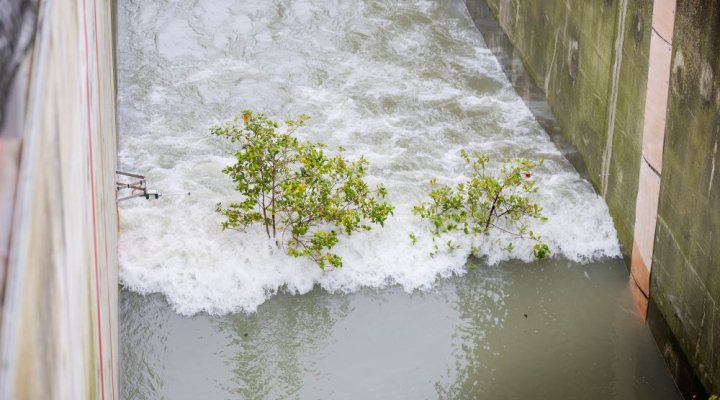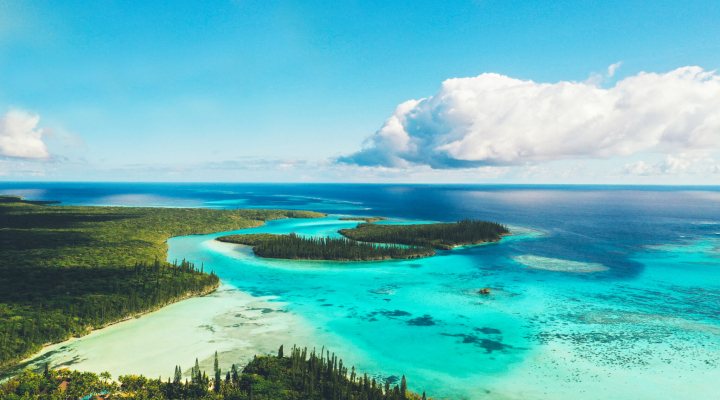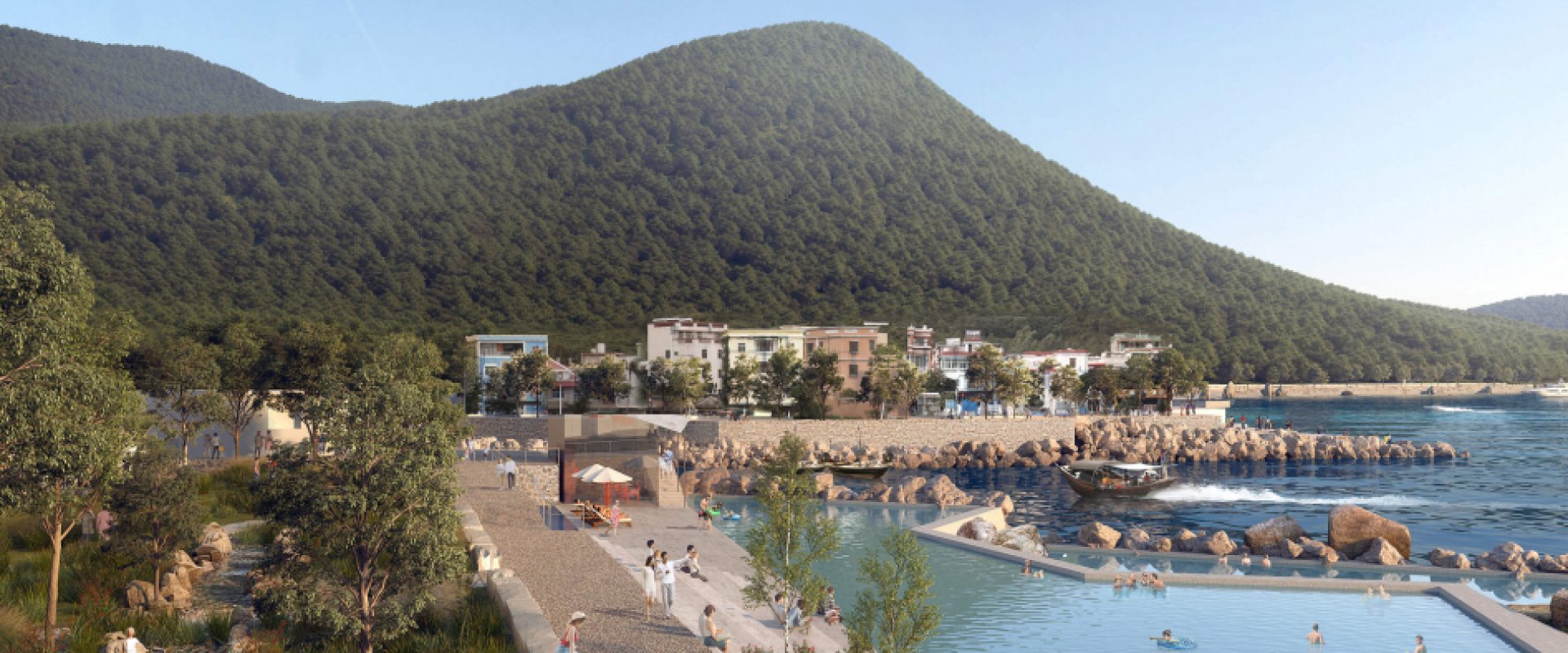
Triple levee concept to make Shenzhen east coastline 'typhoon proof'
Urban design firms KCAP + FELIXX have won the international competition for the redevelopment of the 130-kilometer coastline of Dapeng, a green peninsula in the bay between Hong Kong and Shenzhen. The flood defence scheme is based on a triple levee strategy with three zones, each responding differently to storm surges.
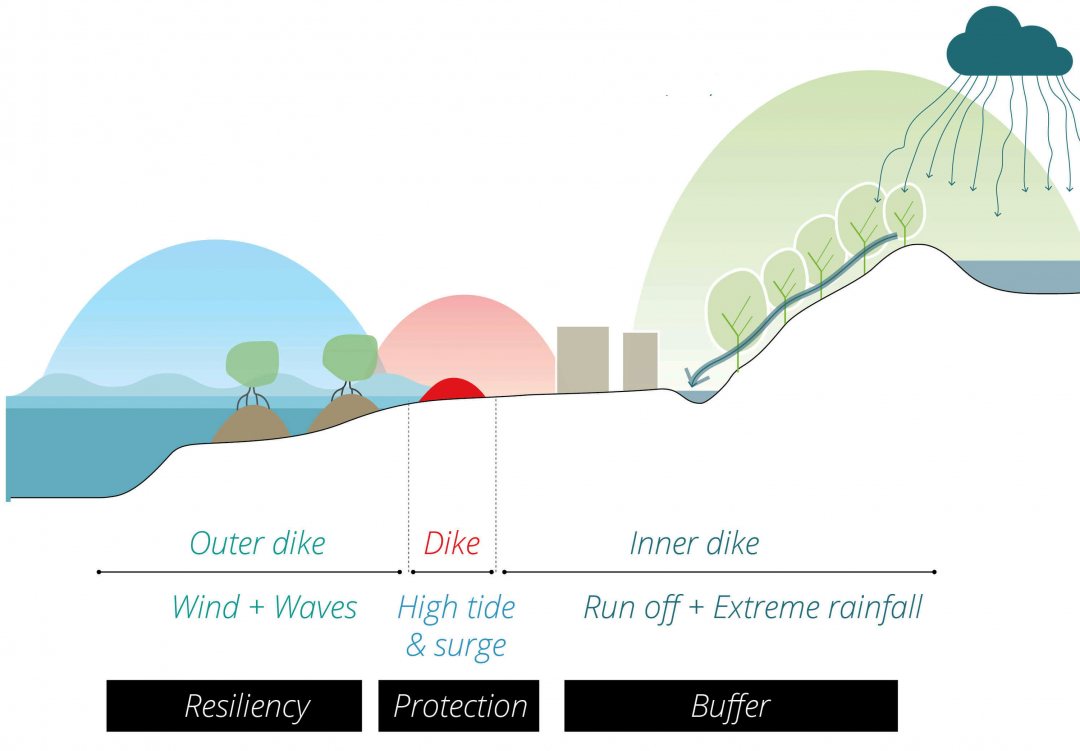

Coastline restoration
In September 2018, the typhoon Mangkhut damaged the infrastructure of the peninsula to various degrees. An international competition was launched to develop a plan to restore the coastline and raise protection standards against the more frequent occurrence of extreme weather events.
KCAP+FELIXX developed the ‘Triple levee strategy’, a multifaceted levee system that allows a climate adaptive reorganization of the shore. Flood protection strategies are connected to ecological friendly development and to nature restoration. This strategy creates a resilient framework for social and economic growth.
For 32 kilometers of coastline, KCAP + FELIXX is developing this concept into six strategic implementation projects. Realisation starts this year, and is expected to be completed in 2021.
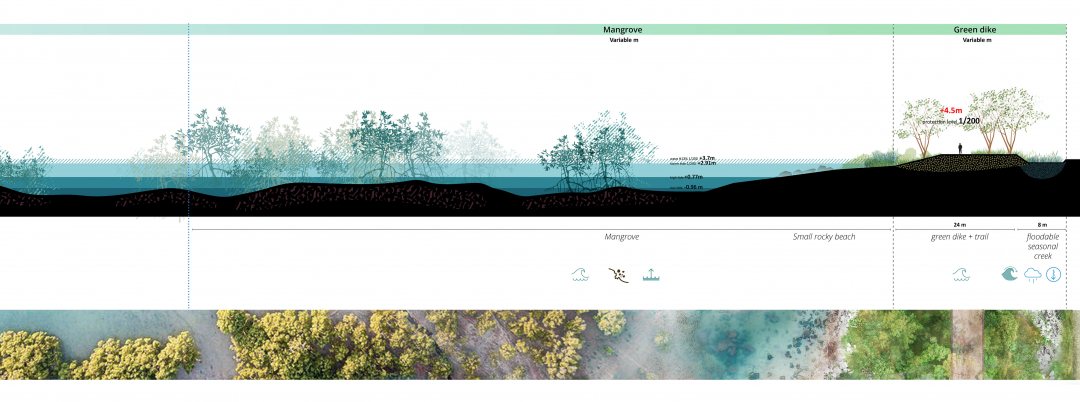

Different functionalities for each zone
The triple levee moves away from a generic protection wall along the coast, towards the creation of three development zones, carefully embedded in current conditions and responding to the specific future needs of every single area.
The first ‘outer’ levee zone increases the resiliency through wave attenuation, erosion reduction and the enhancement of sedimentation. The second ‘middle’ levee is an elevated embankment, to stop the storm surge and the water pushed up by the waves. It’s not a big wall but it creates a multifunctional zone with a hilly park and an elevated waterfront with urban promenades.
Sponge city
The third ‘inner’ levee is a hybrid structure which manages the rainwater from the inner land. This zone is designed according to the principle of a sponge city. All runoff from adjacent villages and mountains is buffered, delayed and temporarily stored in rain-parks, raingardens, wet forests, wetlands and green streets.
The application of the triple-levee provides the mountainous Dapeng peninsula a framework to enhance these existing qualities while unlocking potentials for growth.




